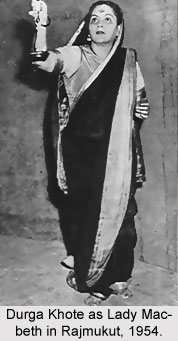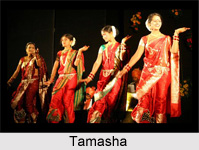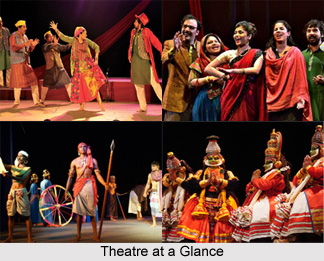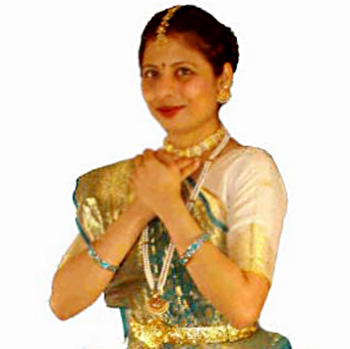Theatre which was primarily used as the weapon against the British colonialism gained somewhat a modish dimension with the independence of India. The overemotional aspects and the theatrical exaggerations gained a rather modernized facet after the independence of India, Theatre which was always the major element in exhibiting the Indian art and culture became rather contemporary with the introduction of the modish theatrical style after India`s independence.
The urban theatre which emerged in independent India became a true representation of composition, textuality and polyglotism which ideally manifested that "unedited realities" of daily life in quite a stylized way. The representation of sanskrit plays and classical plays faded away and only remained in the memoirs of the timeline of Indian theatre. Drama in India after independence became lot more regional and structured. Theatre in India after independence had to face a situation in which tension prevailed and was therefore largely manifested. Tensions between the cultural past and the colonial past of India, between the western modes and thoughts and deep Indian tradition and indeed finally between the varied political visions were somewhat reflected in the Indian theatres after independence.
 Indian theatre after independence gained a colossal maturity with the introduction of regional theatres. Bengali theatre, Hindi and Marathi theatre made their presence felt in quite a large way to manifest the social, political and economical condition of Independent India.
Indian theatre after independence gained a colossal maturity with the introduction of regional theatres. Bengali theatre, Hindi and Marathi theatre made their presence felt in quite a large way to manifest the social, political and economical condition of Independent India.
Bengali theatre which has its glorious history deep rooted with the British rule became somewhat a private entertainment process with the Independence of India. Bengali theatre played a major role in illustrating the likes and dislikes of the common people during the "British Raj"; and it is right after 1947 with the independence of India theatre in India especially in Bengal became the main element in evidencing the different political movement in a very coherent way. Theatre in India after independence was thus a logical way of expressing democratic ideas in the form of dance, music, dialogue and actions. In India, theater after independence was practiced in quite a large scale and can be actually divided into two large streams like urban theaters and rural theaters. The urban theater groups mainly focused on the political and social scenario of independent India however, the rural theatre groups did concentrate only on religious and historical plays.
Apart from these two broad categories folk theater also played a great role in elevating the rich cultural aspects of independent India. Folk theater further contributed in showcasing the age old tradition, ethnicity, religious fervor and ofcourse the rich heritage of sovereign India. It was to this shared heritage of rural folk theatre, in spite of its many linguistic and regional differences the theatre personalities in independent India defined its "Indianness". Folk Indian theatre after independence became thus the vehicle through which the distinctively Indian performance idiom might have developed.
A major change which came in Indian theatre after independence was with the formation of various theatre groups and companies. It was back in the year 1950s, Indian theater became a much professional art form. Theatre groups were formed during this time. Theatre groups started working with the great objective of theater development and also for promoting consciousness and awareness in regard to literacy, child abuse and usage of latrines etc.
However, in the timeline of Indian theatre the contemporary element was first noticed when social themes in plays made their presence felt and indeed with the introduction of the professional troupes in Indian theatre. Indian theatre after 1960s was totally managed by the professional troupes who actually started traveling throughout India in order to make theater to stand out amidst the crowd. Theater continued to be in its peak till the fag end of 1980s; and it is right after the introduction of "Street Theatre" during late 80s to the beginning of 1990s Indian theater broke the barriers of stage performance and approached the people directly.
Theatre in India during the late 90s and early 20s was just not the amalgamation of dance and music and of the altruists for entertainment but had a much deeper significance. Indian theatre after independence was an endeavor in reaching people of all strata and an effort to change the social and political ailments.




